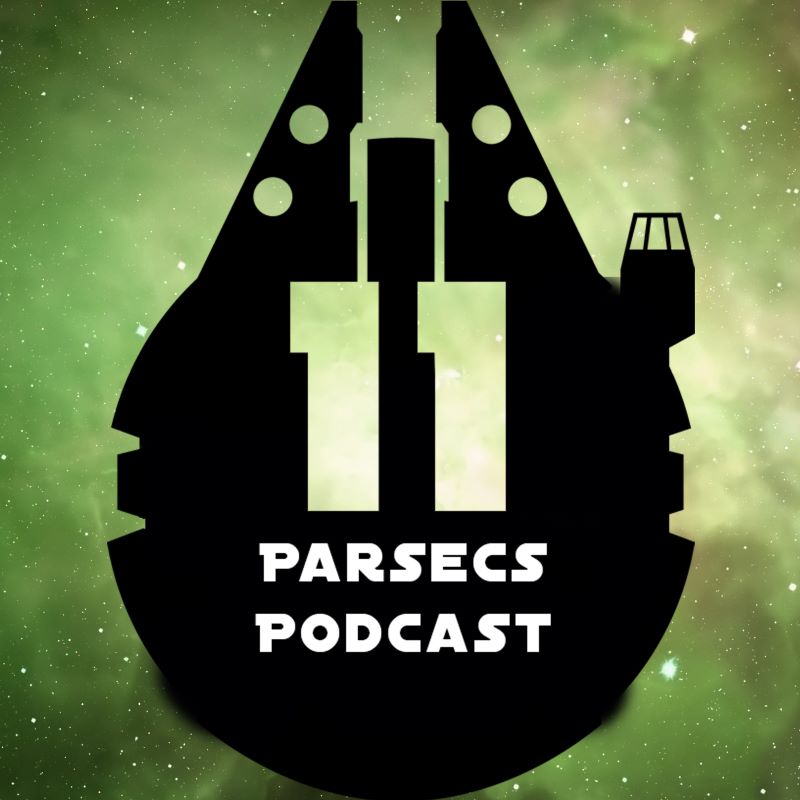
11 Parsecs Temple Archives -
An ion drive, also known as an ion thruster or ion propulsion system, is a type of advanced propulsion technology used in various spacecraft in the Star Wars universe. Working by accelerating ions through a strong electric field, ion drives generate thrust by expelling these ions at high velocities. This method of propulsion has several advantages over traditional chemical-based rocket engines, including higher efficiency, longer operation periods, and lower fuel consumption. As a result, ion drives are commonly seen in small to mid-sized craft, as well as larger vessels requiring precise maneuverability.
Ion drives rely on the principle of electrostatic acceleration, which starts by ionizing a fuel source—typically a noble gas like xenon or argon. In Star Wars, fuel for ion drives may also include Tibanna gas, which is harvested from gas giant planets like Bespin. The ionized particles are then accelerated through a series of electrically-charged grids or magnetic fields, pushing them out of the engine at high speeds. The expulsion of these ions generates a reaction force on the spacecraft, creating the thrust needed for propulsion and maneuvering.
In the Star Wars universe, ion drive technology is utilized in several iconic spacecraft, both in military and civilian applications. TIE (Twin Ion Engine) fighters, which are the widely recognizable starfighters deployed by the Galactic Empire, make use of ion drives. Known for their distinctive engine sound and impressive agility, TIE fighters showcase the capabilities of ion propulsion systems.
The Millennium Falcon, arguably the most famous ship in the Star Wars saga, also employs ion engines. These engines give the freighter its legendary speed and agility, enabling the Falcon to perform daring escapes and outmaneuver enemy craft. Ion drives are featured in other notable ships like the X-wing, A-Wing, and B-Wing starfighters, all of which are used by the Rebel Alliance or the New Republic.
Ion drive technology is not without its drawbacks, though. One primary limitation is the relatively low thrust generated by ion engines compared to traditional rocket engines. Consequently, ion-propelled spacecraft generally experience longer acceleration times and are less suited for rapid escape or chase scenarios. However, this disadvantage is somewhat mitigated by the ability of ion drives to operate continuously for long durations, allowing spacecraft to achieve high speeds over time.
Another downside to ion drives is their dependence on electrical power, which is sourced from solar panels or nuclear reactors in real-world systems. In the Star Wars universe, this usually comes from a ship's onboard power generator or reactor. Consequently, ion-drive powered ships continually consume power from their energy systems, which could strain their overall performance and place additional demands on their engineering capabilities.
Ion drives have played a critical role in shaping the Star Wars universe and its distinct blend of science-fiction technology. By promoting efficient and precise propulsion systems, ion drives have allowed the creation of swift, agile spacecraft that often capture the imagination and excitement of fans around the world. Yet, understanding their limitations also helps ground this futuristic technology to scenarios and tactics that play out across the epic space battles seen throughout the Star Wars saga.
Closest Pages from Podcast Discussion: Star Wars universe (+3), Rogue One (+3), Tosche Station (+3), R3 (+2), Ion drives (+1),
Mentions on Podcast Episodes: